When parrots talk, do they really understand the meaning behind the words? (Photo: Saurabh Goel).
In the wild, parrots are highly social birds, possessing a sophisticated communication system of calls, whistles, and body movements.
They not only use sound to locate each other but also emit "characteristic calls" as a form of personal name to communicate within the flock.
However, when kept as pets, parrots no longer have their own kind to communicate with in their own language; instead, they adapt and learn to mimic human sounds with astonishing ability.
The question is: Do parrots really understand human language or is it all just unconscious mimicry?
Professor Irene Pepperberg, a researcher in psychology and neuroscience at Boston University (UK), has devoted her career to answering that question.
The central figure in the professor's research is an African grey parrot named Alex, famous around the world for his outstanding communication skills.
Not only does Alex know more than 100 words for objects, colors, and actions, he can also count to six, understand the concept of “no,” and use words to describe the characteristics of objects, make comparisons, and even apologize when he makes a mistake.
Contrary to the popular belief that parrots are simply “human tape recorders,” studies show that they are fully capable of understanding the meaning attached to specific words if taught properly.
For example, when a parrot is regularly presented with peanuts accompanied by the word “peanut,” it learns to associate that sound with its favorite food.
To test understanding, the researchers offered the bird another treat and observed its reaction. If it refused and continued asking for “peanuts,” it was a clear sign that the parrot knew what it was talking about.
Parrots do not understand language like humans.
“This type of learning is most effective with concrete objects, but parrots are also very good at recognizing context and social feedback,” said Erin Colbert-White, associate professor of psychology at the University of Puget Sound.
Although they don't understand abstract meaning like humans, parrots can still learn that saying "hello" when someone enters a room will get them attention and praise - a form of learning by reflex and reward, she said.
Irene Pepperberg and student Steven Wilkes with Alex and two other parrots in 2002 (Photo: Boston Globe).
The most interesting example of the ability to use words in context is Alex's story.
One time, after tearing up a stack of papers in the lab, Alex was loudly scolded by Professor Pepperberg.
Surprisingly, the parrot responded with the words “I’m sorry” – a phrase she had said to it earlier when she discovered Alex injured from breaking a coffee cup.
From that experience, Alex learned that “I'm sorry” is a phrase that helps defuse tense situations.
Later, whenever threatened with punishment, the parrot would say “I'm sorry” in an attempt to avoid being punished.
The same applies to phrases like “I love you.”
According to Colbert-White, for parrots, this sentence does not have the deep emotional meaning that humans think, but simply: "If I say this sentence, I will be petted, receive attention and feel attached to my owner."
This suggests that parrots learn to use language based on causal relationships between words and actions, rather than fully understanding language in the way humans do.
However, not all parrots have the ability to "speak" like that.
Some individuals never vocalize, especially if they are kept with another parrot and communicate using their own species calls.
“Parrots' ability to use human language varies from individual to individual,” Colbert-White emphasizes.
But above all, both experts argue that, instead of forcing parrots to learn to speak like humans, we should pay more respect to their natural communication systems – which modern science has yet to fully decipher.
Source: https://dantri.com.vn/khoa-hoc/vet-noi-tieng-nguoi-do-hieu-hay-chi-la-su-bat-chuoc-vo-thuc-20250528144801382.htm


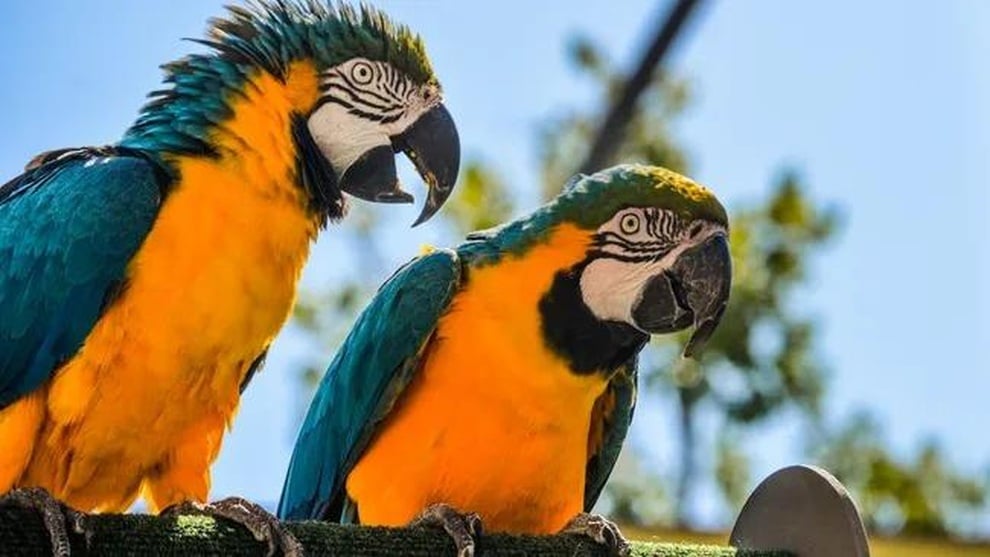
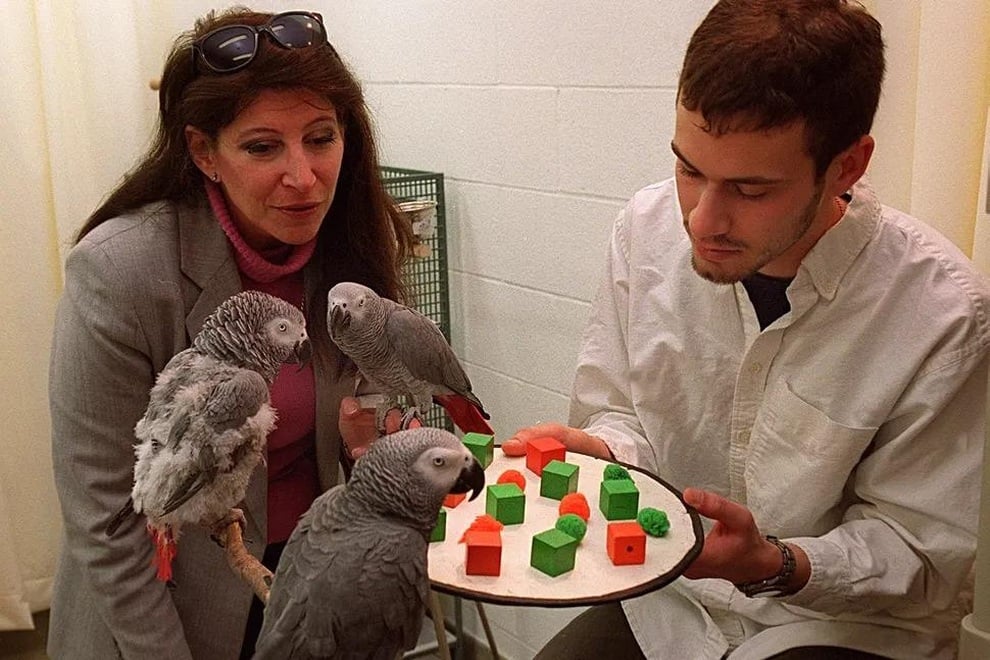




![[Photo] Prime Minister Pham Minh Chinh chairs the second meeting of the Steering Committee on private economic development.](https://vphoto.vietnam.vn/thumb/1200x675/vietnam/resource/IMAGE/2025/11/01/1762006716873_dsc-9145-jpg.webp)





























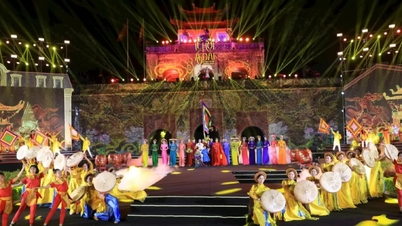



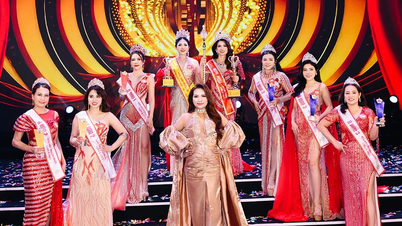




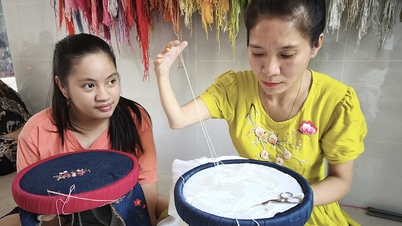




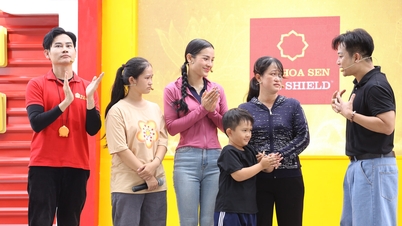


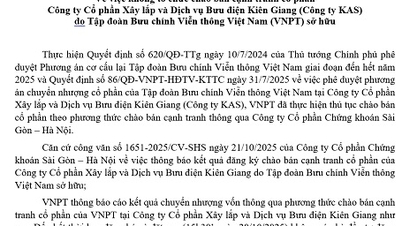









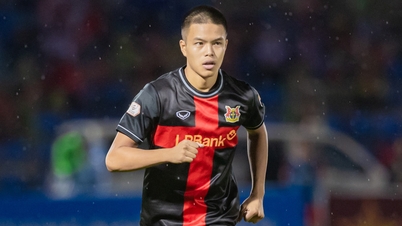

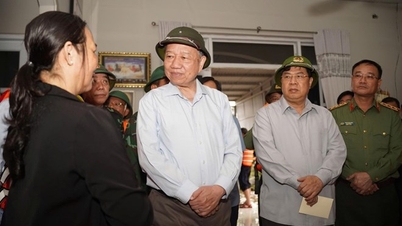




































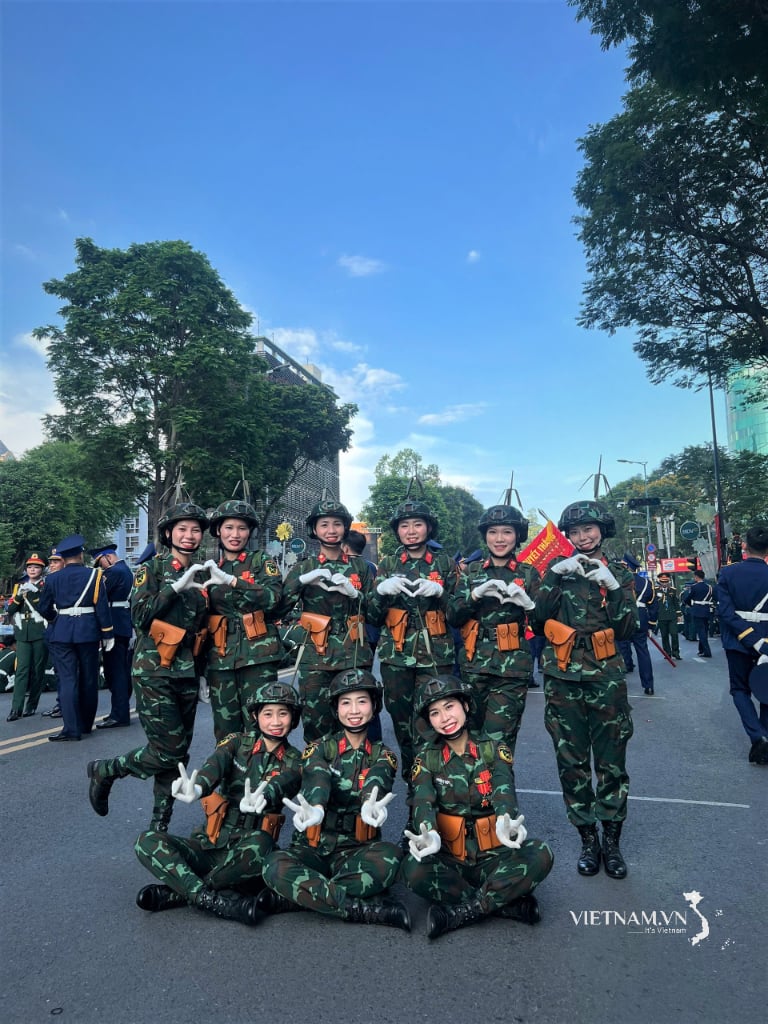

Comment (0)